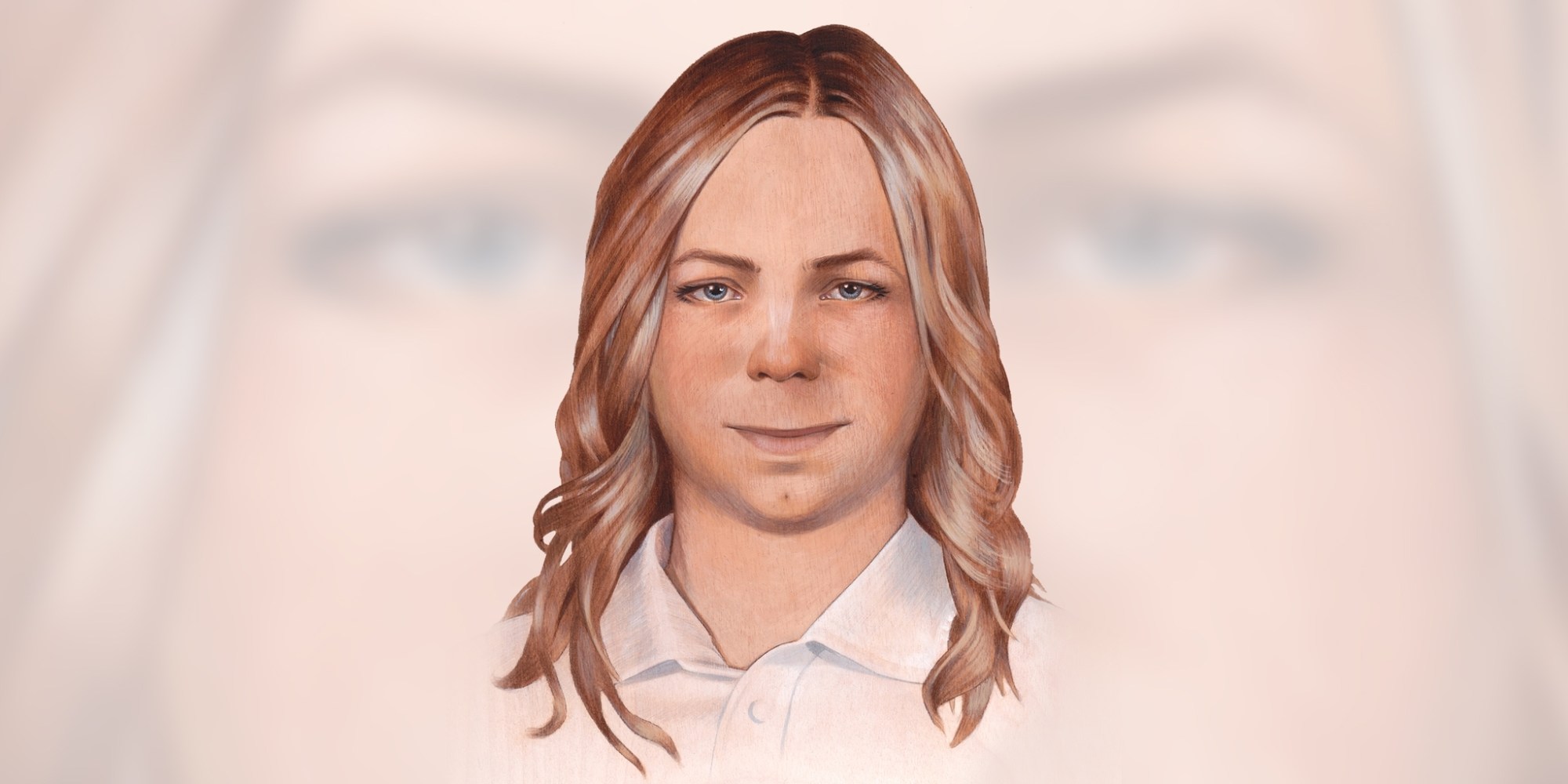Alicia Neal, an illustrator from Philadelphia, was commissioned by the Chelsea Manning Support Network in 2014 to construct a portrait of Chelsea Manning — a political prisoner who has been detained in US Disciplinary Barracks at Fort Leavenworth prison since her sentencing. Her portrait recently resurfaced as part of a campaign to get Chelsea released, and became a symbol of her freedom when she had her sentence commuted by Barack Obama shortly before he left office.
The placement of individuals within prisons and sites of detention for political “crimes” raises complex questions about how they are perceived from the outside. Of course, we’ve heard about Chelsea Manning in various contexts over the last few years since she was prosecuted for violating the espionage act and several other offenses in relation to WikiLeaks. News articles have ranged from the horrendous mistreatment of her gender dysphoria within prison, lack of support for her mental health and political questions that surround her sentencing and whistleblowing.
In response to this dehumanization, Alicia Neal’s portrait was an opportunity to re-represent Chelsea Manning in the media; “I wanted the portrait to be the best representation of her,” Alicia Neal says, when asking her about the intentions of the drawn portrait — one of the main images of Chelsea Manning used by different news outlets. She continues, “My main focus was giving her the dignity of at least being seen as who she wants to be.” The restrictions of her incarceration meant that Chelsea Manning could not have a new picture taken. Manning sent a rough drawing of herself to Support Network, which was then sent to Alicia Neal to interpret from.
The support network originally commissioned the portrait after a selfie, depicting Chelsea Manning with a blonde wig and makeup on the front seat of a car, was leaked in 2010. It was only when Alicia Neal was commissioned to do the portrait that the main representation of Chelsea Manning was replaced in media outlets. It is therefore no surprise that the leaking of the photograph not only felt unjust, but seemingly beckoned towards the need and desire for a new representation in the media: a portrait. Since announcing her gender dysphoria, the grainy black and white selfie of Chelsea Manning in a car has been the main representation of her in the media. “Manning was put into this position where a terrible photo that she didn’t mean to get out was being circulated like a mug shot,” Alicia explains, “which was very damaging to her image.”
The communication was limited between Chelsea Manning and Alicia Neal and constraining the conditions that the image materialized from. “I wasn’t in direct communication with her. I was just constantly second guessing,” Alicia explains. “Constantly trying to put myself in her position because they expressly wanted something that was like a political portrait.” The constraints and limitations imposed by the prison system upon inmates make the case of this image particularly interesting — it exposes the lack of autonomy and agency prisoners have over their representation on the outside.
In a climate of mass surveillance and bombardment of images, Alicia Neal’s portrait functions as an important object when considering how we can attain solidarity with those on the inside from the outside.
Let’s argue the following: Prisons are a tool of power and rule, and dismantle the control inmates have over their representation in society. Due to the fact that prisons control communications technologies, such as mobile phones and the internet, prisoners use modes of communication with the outside via paid outlets — Jmail, Corrlinks, Jpay, handwritten letters and phone calls that often only last fifteen minutes. It is these particular constraints imposed by prison authorities that make Chelsea Manning’s representation via the portrait so urgent.
In an attempt to humanize and re-represent Chelsea Manning integrally to her own identity, this portrait serves as an example of direct action. In a climate of mass surveillance and bombardment of images, Alicia Neal’s portrait functions as an important object when considering how we can attain solidarity with those on the inside from the outside. It also reimagines the role of the artist in a political scope — allowing the artistic skills of Alicia Neal to become a useful tool politically; constructing a space for Chelsea Manning’s identity to be reimagined and represented. As Alicia Neal explains, “I wanted the portrait to be the best representation of her,” she continues. “The intention was to make it as conservative as possible so that she would be taken seriously.” The intentions of Alicia Neal as an artist are important in understanding what this portrait means and represents in a wider context and its ability to reimagine someone who has been marginalized by society.
With Chelsea Manning’s recent clemency under the end of the Obama presidency on January 17, 2017, it remains to be seen what role Alicia’s portrait will take on after Chelsea Manning’s release on May 17, 2017— six years into her sentence.
Historically, in the last week of presidencies in the US, presidents have pardoned political prisoners. The clemency reduces Chelsea Manning’s sentence from 35 years to seven. The question here is: does the clemency really serve justice for Chelsea Manning in hindsight of her treatment during detention? But Alicia Neal’s portrait provides an integral representation of her within the media and wider society. It allows the public to witness Chelsea Manning from beyond the prison’s walls.
It becomes apparent that when such extreme constraints are placed upon an individual within detention, constructing a new representation of them can serve as a form of solidarity. Alicia Neal’s portrait may provide a breathe of fresh air for the criminalization of political prisoners and their representation as a whole and, more importantly, Chelsea Manning.
Credits
Text Hatty Nestor
